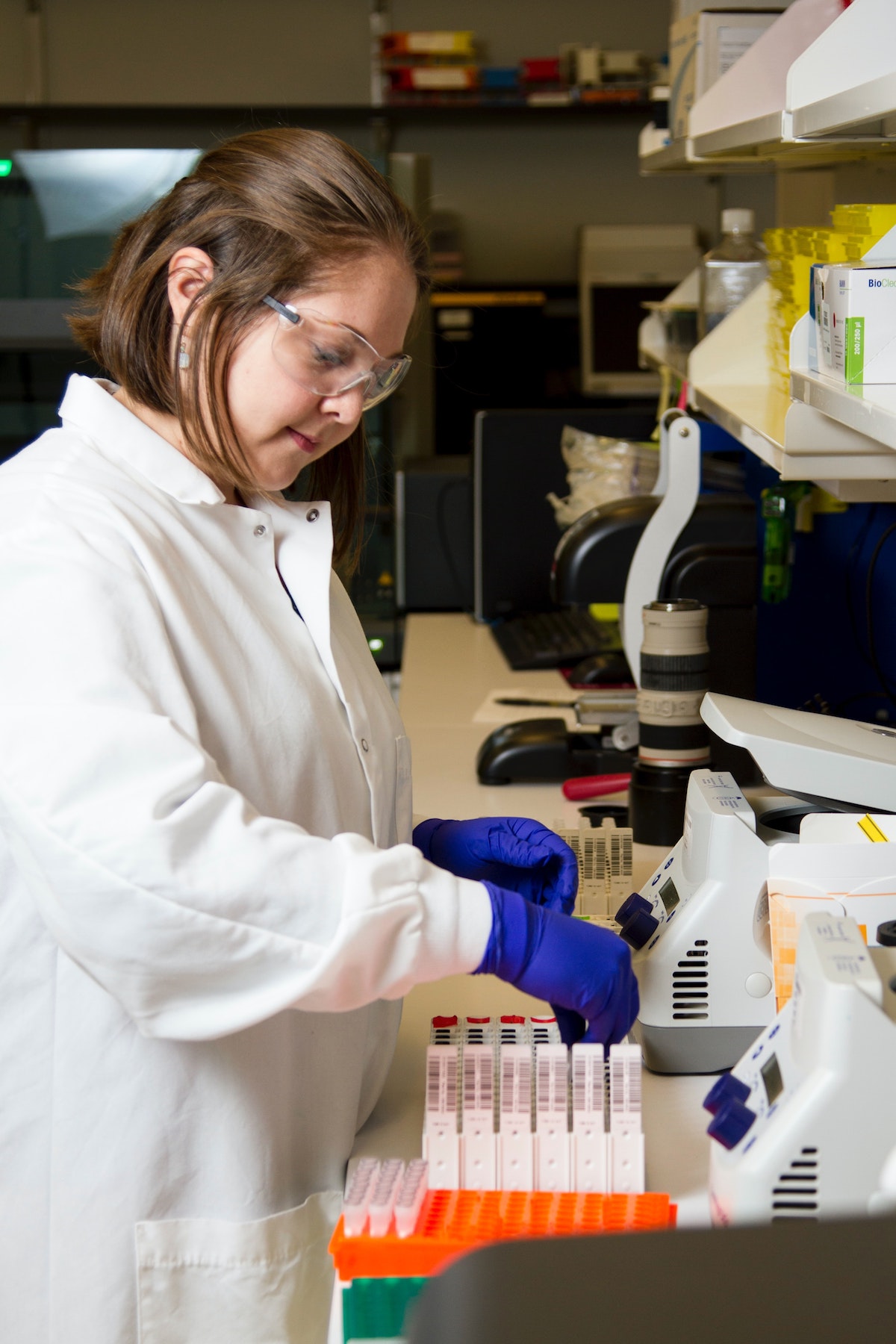Medically reviewed by Susan Kerrigan, MD and Marianne Madsen on February 2, 2023
Additions/comments provided by Surya Singh, MD
Sickle cell disease is a serious condition caused by a mutation in the HBB gene, leading to abnormal production of a protein called hemoglobin subunit beta (HBB). HBB forms a part of hemoglobin, a molecule found in red blood cells that is responsible for delivering oxygen throughout the body. The resulting dysfunctional hemoglobin molecules found in people with sickle cell disease cause the red blood cells to alter their shape, resulting in a structure resembling a sickle or crescent, hence the name. The disease, which usually appears in early childhood, can cause anemia (reduced levels of functional red blood cells), hypertension, organ damage, repeated infections, and acute generalized pain episodes that affect essentially the entire body.
The current standard of care in the management of sickle cell disease involves the use of several medications such as hydroxyurea, l-glutamine oral powder, crizanlizumab, and sometimes pain-relieving drugs such as opiates. These medications all help to decrease the consequences of the disease, but do not cure it – they help to manage its course. Other treatments may include blood transfusions, which increase the number of red blood cells in the body, and stem cell/bone marrow transplants, which are risky but can effectively cure the disease in some cases.
After decades of slow and challenging developments, researchers are now experimenting with promising gene therapies as novel treatments for sickle cell disease. The treatment is administered either by inserting a functional (“wild-type”) copy of the HBB gene in the body’s cells, or by increasing the production of another efficient oxygen carrying protein known as fetal hemoglobin. Both approaches to gene therapy for sickle cell involve altering hematopoietic stem cells, which are present in bone marrow and generate the different types of blood cells circulating in our bodies.
The first type of gene therapy being studied involves removing a number of the patient’s hematopoietic stem cells, inserting a non-mutated / functional copy of the HBB gene, and then reinserting the cells into the patient’s body. This procedure is done by delivering the non-mutated gene into the patient’s extracted cells via a modified virus (the “viral vector”), then re-introducing the cells into the patient’s bone marrow. The goal is to get the cells with the functional HBB gene to overtake the patient’s bone marrow and start producing normal red blood cells, replacing the mutated ones.

This strategy is currently being tested on both children and adults from the U.S. and Jamaica in four Phase II clinical trials.
The second type of gene therapy being studied for sickle cell treatment in humans involves altering a gene in the patient’s hematopoietic stem cells to boost fetal hemoglobin production. Fetal hemoglobin is a type of hemoglobin produced by fetuses and babies, but their bodies stop producing it about six months after birth, despite its relative efficiency in carrying oxygen. Researchers discovered decades ago that fetal hemoglobin was able to protect cells from mutating in patients with sickle cell disease, but have subsequently been unable to translate this knowledge into an effective treatment. However, recently, scientists determined that fetal hemoglobin production can be stimulated by editing DNA directly in cells using very specific targeted enzymes. This technique, which involves the use of CRISPR technology, is also currently being tested in clinical trials.
If gene therapy proves to be a success in treating sickle cell disease, we may be one step closer to effectively curing the condition for select patients.